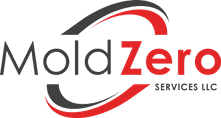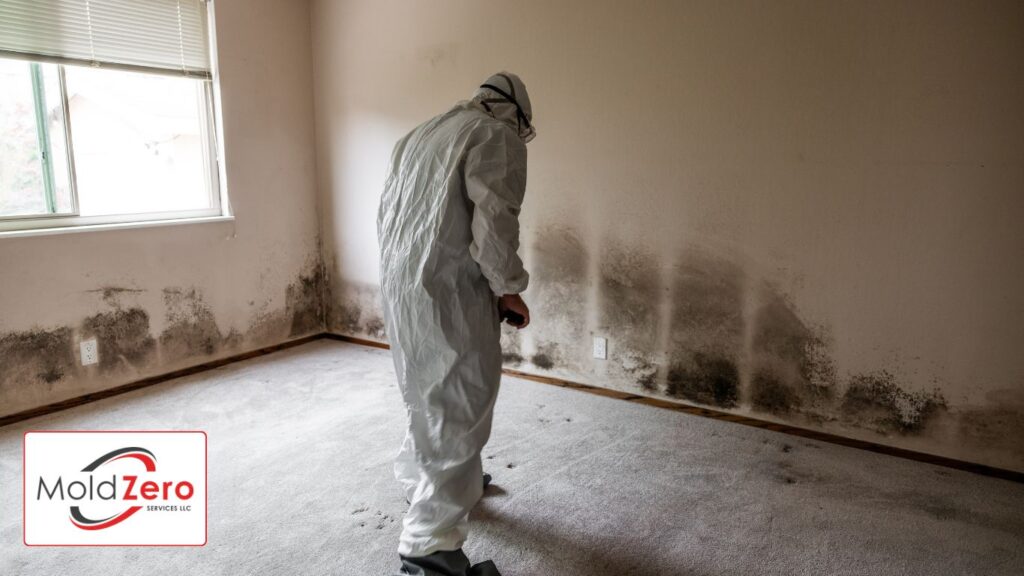How to Detect Mold in Your Los Angeles Home: A Complete Guide
Mold is a common problem that can lurk in the shadows of your home, often unseen and undetected. It thrives in damp, warm, and humid environments, making places like bathrooms, kitchens, and basements particularly susceptible. Knowing how to identify the signs of mold growth is crucial for protecting your family’s health and maintaining a clean living environment.
The Mold Threat
Mold isn’t just an unsightly nuisance; it can pose serious health risks. When mold spores become airborne, they can be inhaled, leading to a range of problems, from relatively mild allergies to more severe respiratory issues. People with sensitivities or compromised immune systems are particularly vulnerable to mold’s effects.
Beyond the health concerns, mold can also cause significant damage to your property. It can eat away at building materials like wood, drywall, and insulation, compromising the structural integrity of your home and potentially leading to costly repairs.
Recognizing the Telltale Signs
Early detection is key to preventing mold from becoming a major problem. Here’s what to look for:
Visual Inspection
Mold often appears as discolored patches on various surfaces. It can be black, green, gray, white, or even orange. Look for fuzzy or slimy textures, which are indicative of mold growing activly.
Pay close attention to areas around windows, pipes, and vents, where condensation tends to accumulate. Also, check behind furniture, under carpets, and in closets, as these areas can harbor hidden mold growth.
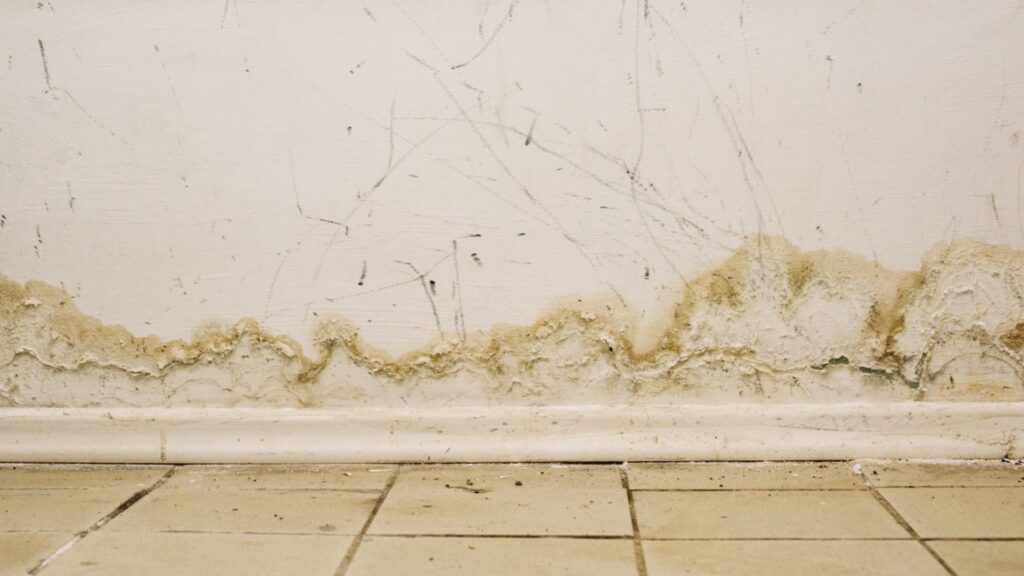
Musty Odors
A persistent musty or earthy smell, especially in areas prone to dampness, is a strong indicator of mold presence. This odor is caused by microbial volatile organic compounds (MVOCs) that mold releases as it grows. If you notice this smell, even without visible mold, it’s crucial to investigate further.
Water Damage Evidence
Water damage often precedes mold growth. Look for water stains on walls or ceilings, peeling paint, warped wood, or bubbling wallpaper. These signs suggest past moisture problems that may have created a conducive environment for mold. Also, be mindful of recent leaks, spills, or flooding incidents that could have contributed to mold growth.
Physical Symptoms
In some cases, the first indication of a mold problem may be health-related. If you or your family members experience unexplained allergies, respiratory issues, headaches, or fatigue, especially when at home, mold could be a contributing factor. Pay attention to any worsening of allergy symptoms or respiratory problems when you’re indoors.
Condensation
Excessive condensation on windows, walls, or pipes can create a breeding ground for mold. If you consistently notice condensation build-up, it’s essential to address the underlying moisture issue and improve ventilation.
Allergies and Irritations
Mold can trigger allergic reactions in many people. These reactions can manifest as sneezing, coughing, itchy eyes, skin rashes, and nasal congestion. If you or your family members experience these symptoms more frequently at home, mold could be the culprit.
By being vigilant and recognizing these signs, you can take timely action to address potential mold problems and protect your home and health. If you have any concerns or find mold growth, don’t hesitate to contact our team of experts at Mold Zero Services. We’re here to help you create a cleaner, healthier living environment.
Common Types of Mold Found in Los Angeles County
Los Angeles County’s diverse climate and environment can support various types of mold. While many are harmless, some can pose health risks and require professional remediation. Here are some common types found in our area:
- Alternaria: This allergenic mold is one of the most common outdoor molds and can easily find its way indoors. It often appears as dark green or brown spots and thrives in damp areas like bathrooms, kitchens, and around windows.
- Aspergillus: Another common mold found both indoors and outdoors, Aspergillus can vary in color and often has a powdery texture. Certain species can cause allergic reactions and respiratory problems, especially in individuals with weakened immune systems.
- Cladosporium: This type of mold can grow in a wide range of temperatures, making it prevalent both indoors and outdoors. It typically appears as black or green patches and can trigger allergies and asthma symptoms.
- Penicillium: Often found in water-damaged buildings, Penicillium is known for its blue-green color and can cause allergic reactions and respiratory problems. Some species are also used to produce penicillin, an antibiotic.
- Stachybotrys chartarum (Black Mold): This notorious mold is often referred to as “black mold” due to its dark color and slimy texture. It thrives in damp, cellulose-rich environments and can produce mycotoxins that pose health risks.
It’s important to remember that identifying mold types accurately often requires professional expertise. Our team can identify the type of mold present and recommend appropriate remediation strategies to ensure a safe and healthy living environment.
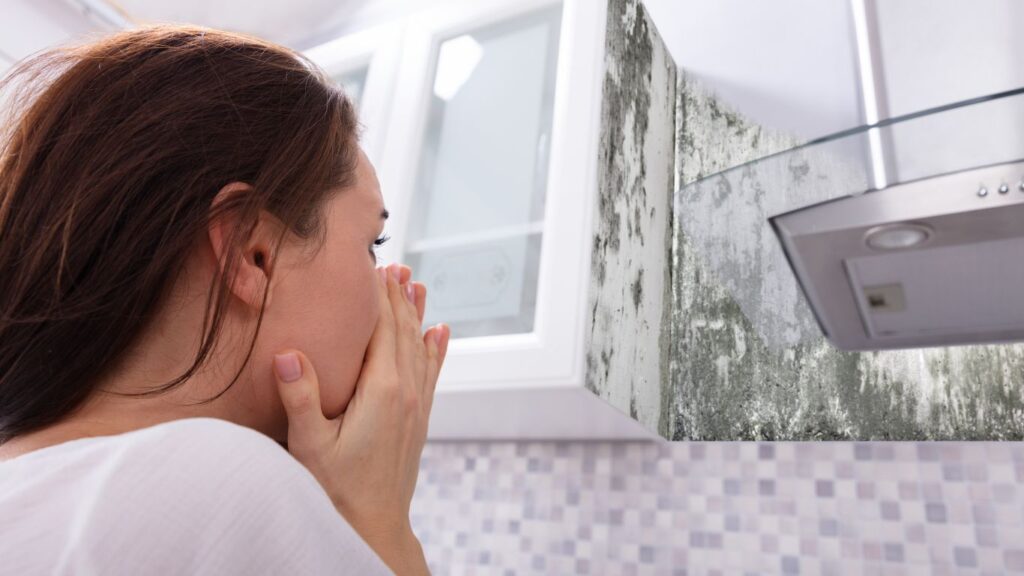
Taking a Closer Look: Mold Inspection Methods
While the signs mentioned above can help you identify potential mold issues, confirming its presence often requires more specialized methods:
- Surface Sampling: This involves collecting samples from visible mold growth using swabs or tape lifts. These samples are then sent to a laboratory for analysis to determine the type of mold present.
- Air Sampling: Air sampling helps assess the concentration of mold spores in the air. This method is particularly useful for detecting hidden mold or evaluating the effectiveness of mold remediation efforts.
- Bulk Sampling: Bulk sampling involves taking samples of materials like drywall, carpet, or insulation to test for mold growth within the material itself. This is helpful when visible mold is limited but there’s suspicion of deeper contamination.
The Power of Prevention: Keeping Mold at Bay
Preventing mold growth is always preferable to dealing with an infestation. Here are some proactive measures you can take:
- Control Moisture: Mold’s primary need is moisture. Fix leaks promptly, ensure proper ventilation in bathrooms and kitchens, and use dehumidifiers in damp areas.
- Regular Cleaning: Keep your home clean and dry. Wipe down surfaces prone to condensation, and don’t let water pool in areas like sinks and showers.
- Proper Ventilation: Ensure adequate ventilation throughout your home. Use exhaust fans when cooking or showering, and open windows regularly to allow fresh air circulation.
- Address Water Damage Immediately: If you experience water damage, act quickly to dry the affected area thoroughly. Don’t allow water to sit and soak into building materials.
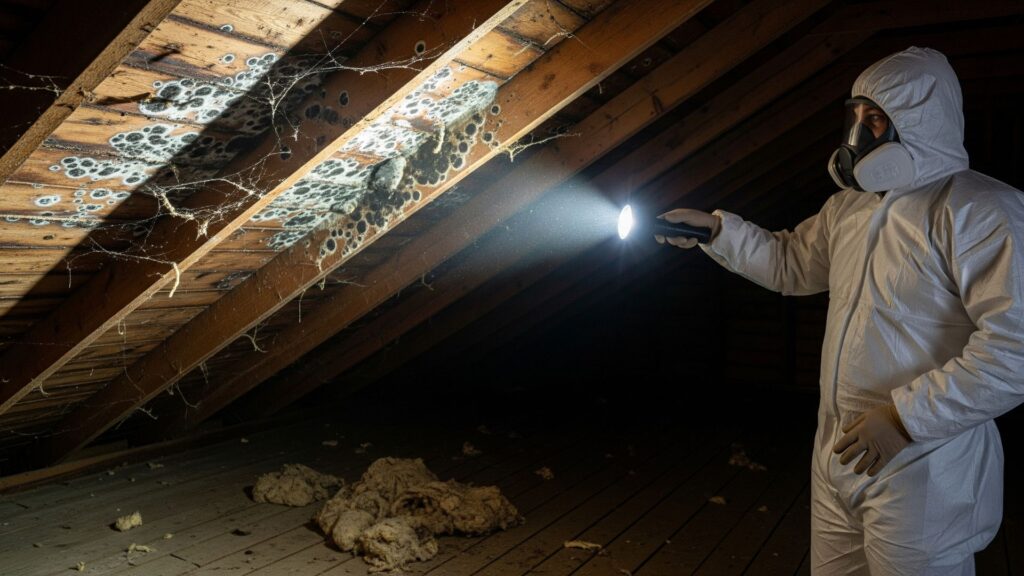
Professional Mold Detection: When to Call an Expert
If you suspect mold in your home, it’s always advisable to consult with a professional mold inspector. They have the expertise, tools, and experience to conduct a thorough assessment, identify the type and extent of mold growth, and recommend appropriate and professional mold remediation strategies.
A professional inspection is especially important if:
- You’ve experienced significant water damage.
- You’re unsure about the source of the mold.
- You have health concerns related to potential symptoms of mold exposure.
- You’re planning to buy or sell a property.
Get Your Free Mold Inspection
Concerned about mold in your home but unsure where to start? At Mold Zero Services, we offer a free mold inspection to help you assess your situation and take the first step towards a healthier living environment. Our comprehensive inspection includes:
- Visual Assessment: Our certified inspectors will thoroughly examine your property, looking for visible signs of mold growth, water damage, and potential problem areas.
- Moisture Detection: We use specialized equipment to identify hidden moisture sources that could be contributing to mold growth. This includes checking for leaks, condensation, and high humidity levels.
- Expert Consultation: Our experienced inspectors will discuss their findings with you, answer your questions, and provide recommendations for addressing any mold concerns.
Why Choose Our Free Inspection?
- Peace of Mind: Get a clear understanding of your home’s condition and identify potential mold risks.
- No Obligation: Our free inspection comes with no obligation to purchase further services.
- Expert Advice: Receive professional guidance from our certified mold inspectors.
- Early Detection: Identify mold issues early on to prevent them from becoming major problems.
Schedule Your Free Inspection Today
Don’t wait for mold to become a health hazard or cause costly damage to your property. Contact Mold Zero Services today to schedule your free mold inspection. Our team is dedicated to helping you create a cleaner, healthier, and safer living environment for you and your family.
Your Trusted Mold Remediation Partner
At Mold Zero Services, we understand the importance of a healthy and safe home environment. Our team of certified mold inspectors and remediation specialists is dedicated to providing comprehensive and effective solutions to address your mold concerns. We utilize advanced technology and proven methods to ensure thorough mold removal and prevent future growth.
Our commitment to your well-being extends beyond the initial treatment. We offer a 1-year guarantee against new mold growth, providing you with peace of mind knowing your home is protected.
Contact Mold Zero Services today for a free inspection and quote. Let us help you create a cleaner, healthier living space for you and your family.
Mold Detection FAQs
Is there a way to detect mold?
Absolutely! Look for visible mold growth, which appears as discolored patches. A musty odor, especially in damp areas, can also indicate mold. Water damage, like stains or peeling paint, may suggest a problem. For certainty, use mold test kits or hire a professional mold detection company like Mold Zero Services.
How do you test for mold in a house?
Testing involves collecting samples from surfaces or the air and analyzing them for mold spores. DIY mold test kits are available, but professionals offer more accurate results and detailed reports.
What are signs of mold sickness?
Mold sickness can cause respiratory issues (coughing, wheezing), allergies (sneezing, itchy eyes), headaches, fatigue, skin irritation, and mental fog. If you experience these, especially at home, consult a healthcare professional and consider a mold inspection.
How to tell if mold is behind walls?
Look for peeling paint, warped walls, musty odors, and water stains. If you suspect mold, contact a professional mold inspector with tools like moisture meters to accurately assess the situation.
How to detect mold in the air?
Air sampling is used to detect airborne mold spores. A device collects air samples, which are analyzed in a lab. Professionals often use this to assess indoor air quality.
How to detect mold in drywall?
Mold in drywall may appear as discolored patches or a musty odor. A professional inspection is crucial to determine the extent of damage and recommend appropriate remediation.
